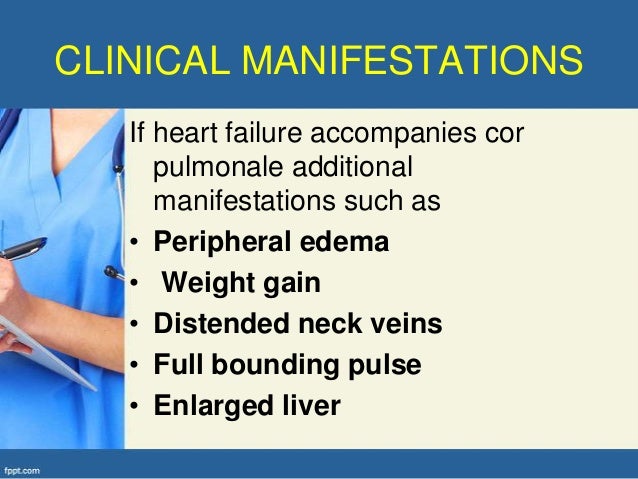

Estimation of the CVP, obtained by adding 5 cm to the JVP height.The height of the internal jugular venous filling pressure, by measuring it from the sternal angle.Identify the venous pulsation of the internal jugular vein and evaluate the following:.The patient should be in the supine position, torso elevated to 45°, with the head extended backward and turned to the left.Jugular venous pressure ( JVP ) can be used to estimate central venous pressure ( CVP ) and provides information about fluid status and cardiac function. The falsely low reading can be prevented by simultaneously palpating the radial pulse on the arm in which blood pressure is measured.When the cuff is insufficiently pumped (i.e., below systolic blood pressure), the first appearance of Korotkoff sounds is misinterpreted as systolic blood pressure (a falsely low reading).Korotkoff sounds between systolic and diastolic blood pressures sometimes diminish or disappear, presumably due to increased arterial stiffness in hypertensive patients.Sources of errors in blood pressure measurement Systolic blood pressure ≥ 130 mm Hg and/or a diastolic blood pressure ≥ 80 mm Hg.See also “ Normal vital signs at rest” for all age groups.Systolic blood pressure Interpretation: When deflating the cuff, the pressure at which Korotkoff sounds appear marks systolic BP, and the pressure at which Korotkoff sounds disappear marks diastolic BP.Origin: turbulent blood flow through a brachial artery that is partially compressed by the inflated arm cuff of a sphygmomanometer.Definition: sounds heard when auscultating over the brachial artery during sphygmomanometry.Determine the systolic and diastolic blood pressure value (e.g., auscultatory method using Korotkoff sounds over the brachial artery ).Ģ4-hour ambulatory blood pressure measurement can be helpful in establishing the average and peak blood pressure values during daily activities.Record the pressure in both arms and note any differences.Ask the patient to rest the arm on a horizontal surface at the level of the heart.The patient should sit for several minutes before blood pressure is measured.Jugular venous pressure (see “ Clinical assessment of jugular venous pressure ”).Hypertensive retinopathy (ophthalmologic examination).Xanthelasmas, arcus lipoides corneae ( dyslipidemia ).Palms: Osler nodes, Janeway lesions (see “ Clinical features of infective endocarditis ”).Central cyanosis (see features of “ Cyanotic congenital heart defects ” and “ Congestive heart failure ”).

Features of rheumatic fever: migrating polyarthritis, erythema marginatum, subcutaneous nodules.Syndromic features (e.g., in trisomy 21, trisomy 18 associated with congenital heart defects).Palpitations : an unpleasant awareness of one' s own heartbeat can feel like a fluttering or pounding in the chest.Chest pain (see “ Cardiovascular causes of chest pain ”).


 0 kommentar(er)
0 kommentar(er)
